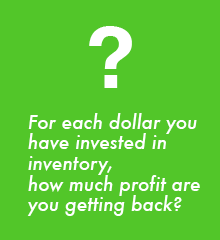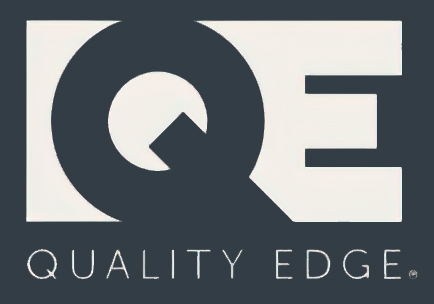Bear with us today, because we’re going to dive into the numbers of running a business… but our intentions are good: to help you profit.
Most general managers are focused on keeping cost of goods sold low, and prices as high as the market can accept. Buy low, sell high: if you do this consistently, you make healthy profits, right?
Not necessarily.
There’s a metric called gross margin return on investment (GMROI) and it dives a bit deeper. Scott Kreisberg, CEO of One Step Retail Solutions, GMROI asks, “For every dollar invested, how many dollars did I get back? How much did I pay for the merchandise and how much did I sell it for?”

GMROI = Gross Margin (divided by) Average Inventory Cost
According to Kreisberg, “GMROI calculates the return based on the gross margin from sales. For example, if you purchase $2,000 of inventory and sold it all in the same year for $6,000, your profit would be $4,000. The return on your investment of $2,000 was $4,000. The GMROI in this example is $4,000/$2,000 = 2.”
Still with us?
But in the example above, if you sold your inventory for $1,900, your GMROI would be .95 and you’d be losing money.
Why would you do that?
You might do that if…
● You had to order so far ahead of time that market conditions changed before you actually received the inventory
● Your customer needs product now, but you can’t get it. By the time your inventory comes in, they no longer need it.
● You order too much inventory, then interest rates start climbing and you need to sell at a loss
To use a close-to-home example, on orders we have a 72-hour turnaround time. Many of our competitors are two to six weeks out on fulfilling orders. Are we always the cheapest? No. But we’re almost always the fastest, which means you can fulfill your customer’s needs when they happen.
The more you study GMROI, the better you understand that cheap inventory is no bargain if it ends up arriving at the wrong time or being sold for even less than you paid for it.





